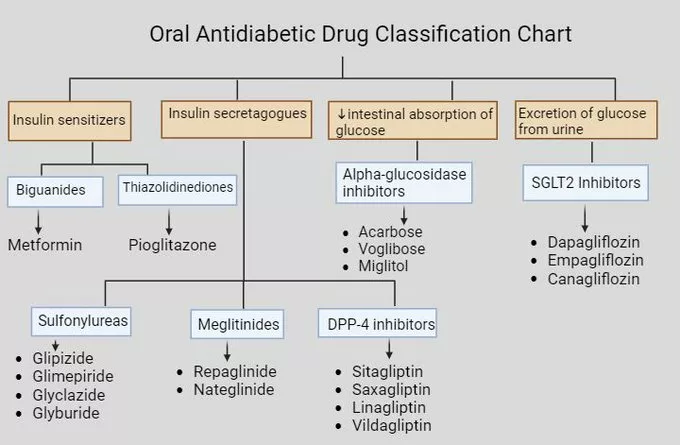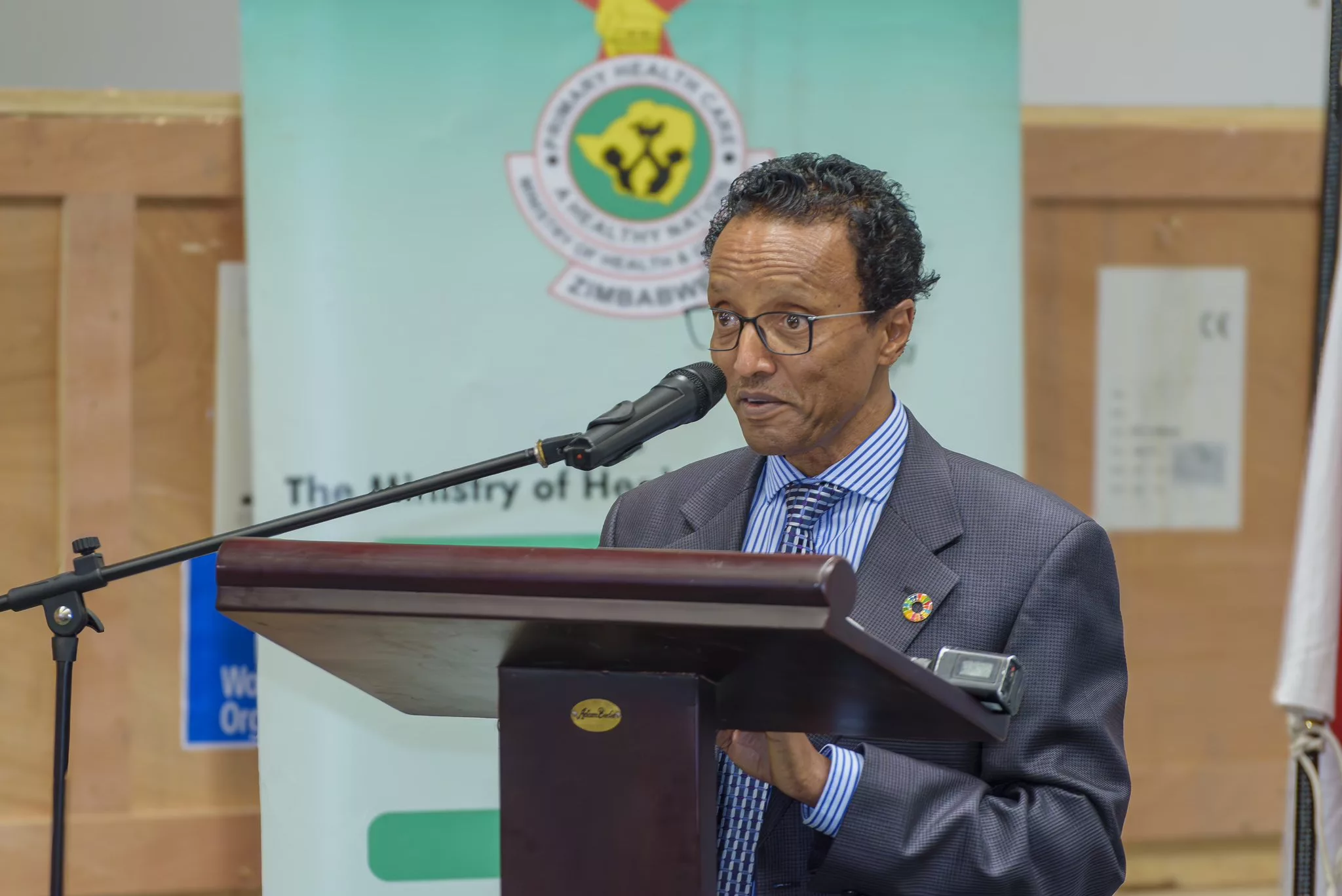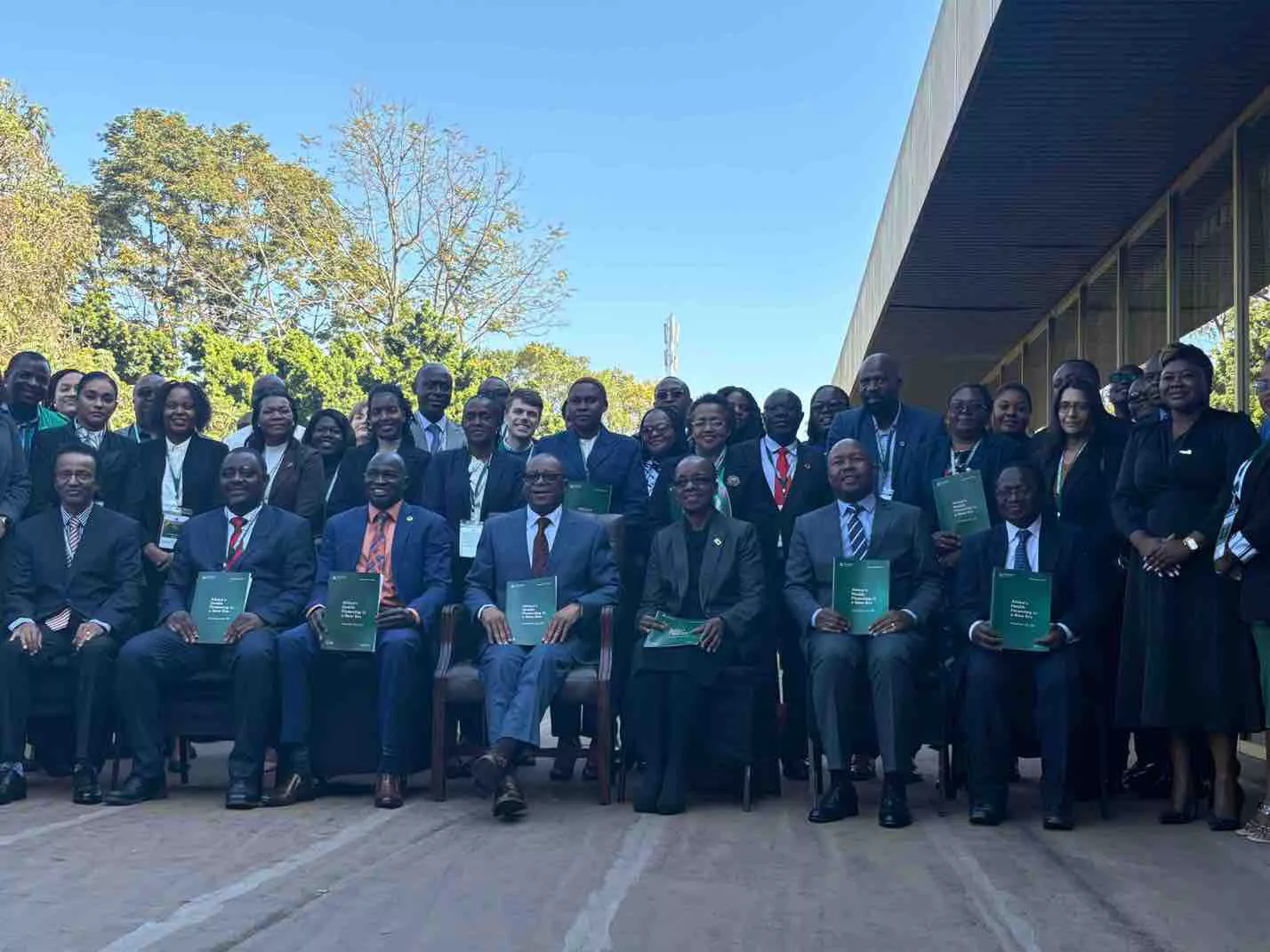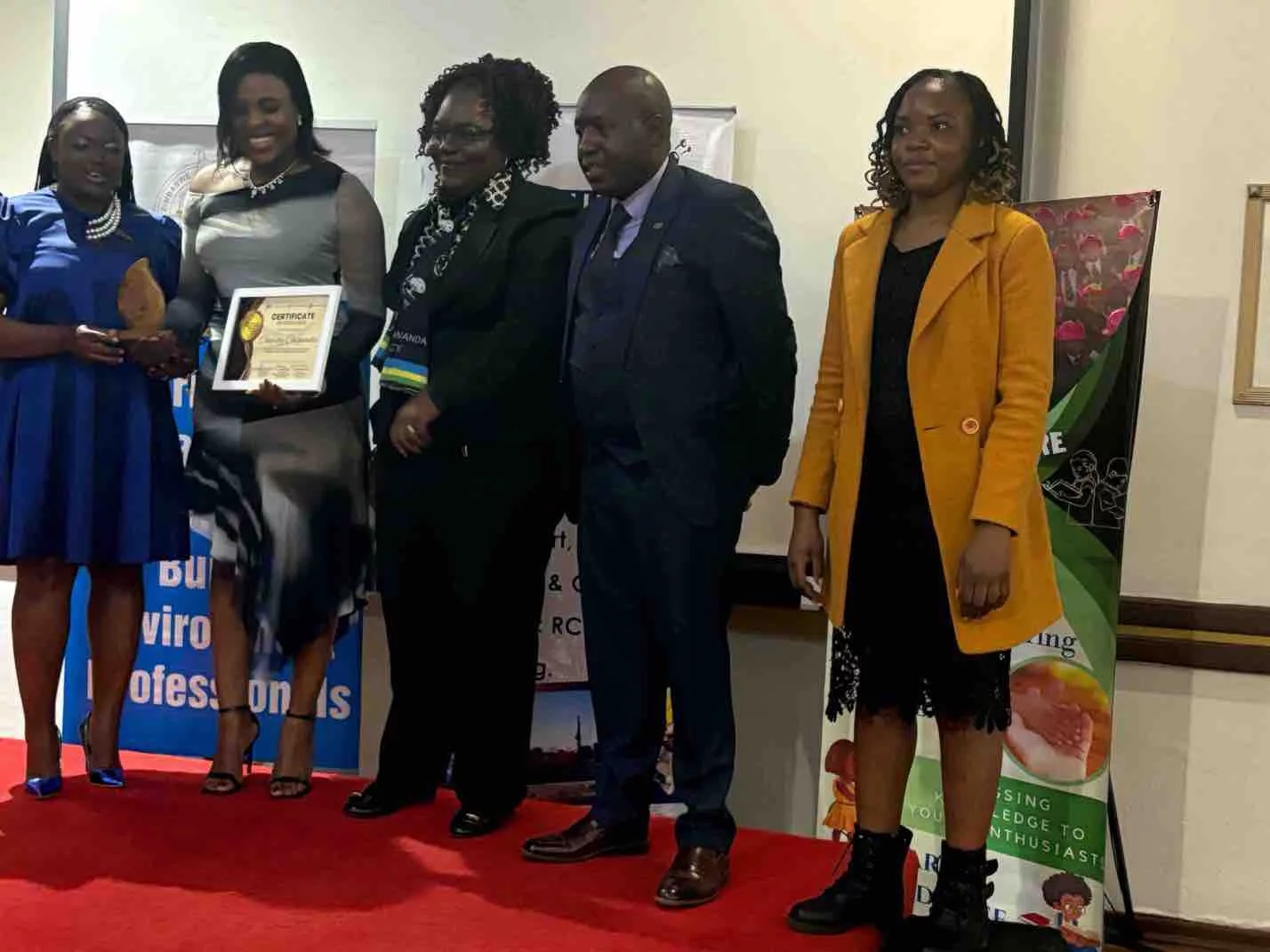|
Getting your Trinity Audio player ready...
|
Setfree Mafukidze
Diabetes has emerged as a significant health burden globally, but Africa faces unique challenges in managing and funding diabetes care. Over 24 million people in Africa are living with diabetes, with more than half of cases undiagnosed. The region also has the highest projected growth in diabetes prevalence, expected to increase by 129% by 2045. This growing epidemic calls for enhanced funding, robust healthcare frameworks, and improved access to care.
The Rising Burden of Diabetes in Africa
Diabetes contributes significantly to morbidity and mortality, with the World Health Organization (WHO) reporting a 70% increase in global diabetes-related deaths from 2000 to 2019. In Africa, diabetes ranks among the top 10 causes of death, driven largely by limited access to diagnostics, insulin, and essential medications. For instance, 1 in 2 people globally who need insulin cannot afford or access it, and this disparity is even more pronounced in low-income regions like Africa.
The financial burden is staggering. In 2021, global diabetes-related health expenditure reached $966 billion, a 316% increase over the past 15 years. While global efforts such as the WHO’s Global Diabetes Compact aim to provide frameworks for combating the disease, African countries often struggle with limited healthcare budgets and competing priorities, such as infectious diseases and infrastructure development.
Current Funding Challenges
1. Limited National Health Budgets: Most African governments allocate less than 5% of GDP to healthcare, far below the recommended 15%. This inadequacy leaves noncommunicable diseases (NCDs) like diabetes underfunded. Consequently, essential services, including diabetes screening and management, are inaccessible to large segments of the population.
2. Dependence on Out-of-Pocket Payments: Approximately 80% of healthcare financing in sub-Saharan Africa comes from out-of-pocket payments, placing an immense burden on individuals. This financing model disproportionately affects those with chronic conditions like diabetes, who require lifelong care.
3. Insufficient Global and Donor Support: While infectious diseases such as HIV/AIDS and malaria receive significant international funding, diabetes and other NCDs often do not receive the same attention. For instance, diabetes receives less than 2% of total NCD funding globally.
4. Fragmented Healthcare Systems: Weak health infrastructure hampers effective utilization of available resources. Primary healthcare centers, which are vital for diabetes care, often lack trained staff, diagnostic tools, and medications.
Innovative Approaches and Opportunities
Despite these challenges, several initiatives highlight opportunities for scaling up funding and care:
1. Adoption of the WHO Regional Framework: In August 2024, the WHO African Region adopted the Global Diabetes Compact to strengthen leadership, governance, and financing for diabetes care. The framework emphasizes integrating diabetes care into primary healthcare and improving access to affordable medicines and technologies.
2. International Diabetes Federation (IDF) Efforts: The IDF supports the development of localized diabetes programs, aiming to reduce the undiagnosed population by 80% and ensure equitable access to insulin and self-monitoring tools by 2030.
3. Public-Private Partnerships: Collaborations between governments, private entities, and non-governmental organizations (NGOs) have shown promise in addressing funding gaps. For instance, the Life for a Child initiative provides insulin and diabetes education to underserved populations.
4. Technology and Telemedicine: Mobile health (mHealth) technologies are emerging as cost-effective tools for diabetes education, monitoring, and follow-up in rural areas. These platforms enable healthcare workers to extend their reach, reducing the burden on under-resourced facilities.
Funding Priorities
To effectively combat diabetes in Africa, funding must be strategically allocated to:
Prevention Programs: Investments in public awareness campaigns and lifestyle interventions can help curb the rising tide of type 2 diabetes.
Primary Healthcare Strengthening: Building capacity in local health systems, including training healthcare workers and equipping clinics, is essential for early diagnosis and management.
Access to Medicines: Subsidizing insulin and other diabetes-related medications should be prioritized to reduce out-of-pocket costs for patients.
Research and Data Collection: Accurate data is crucial for evidence-based policymaking. Increased funding for research can help identify gaps and guide resource allocation.
Community Empowerment: Involving people with diabetes in decision-making and program implementation ensures that interventions are culturally relevant and effective.
The diabetes epidemic in Africa is a silent crisis that demands urgent attention and investment. While frameworks like the WHO Global Diabetes Compact and efforts by the IDF provide a roadmap, actionable steps are needed to translate these plans into tangible benefits. Governments, donors, and stakeholders must prioritize diabetes funding, integrate care into primary healthcare systems, and address social determinants of health. Without concerted action, the economic and human costs of diabetes will continue to rise, threatening the well-being of millions across the continent.
By reallocating resources and fostering partnerships, Africa can make strides in reducing the burden of diabetes and improving outcomes for those affected. This is not just a healthcare challenge but a socioeconomic imperative for sustainable development.






